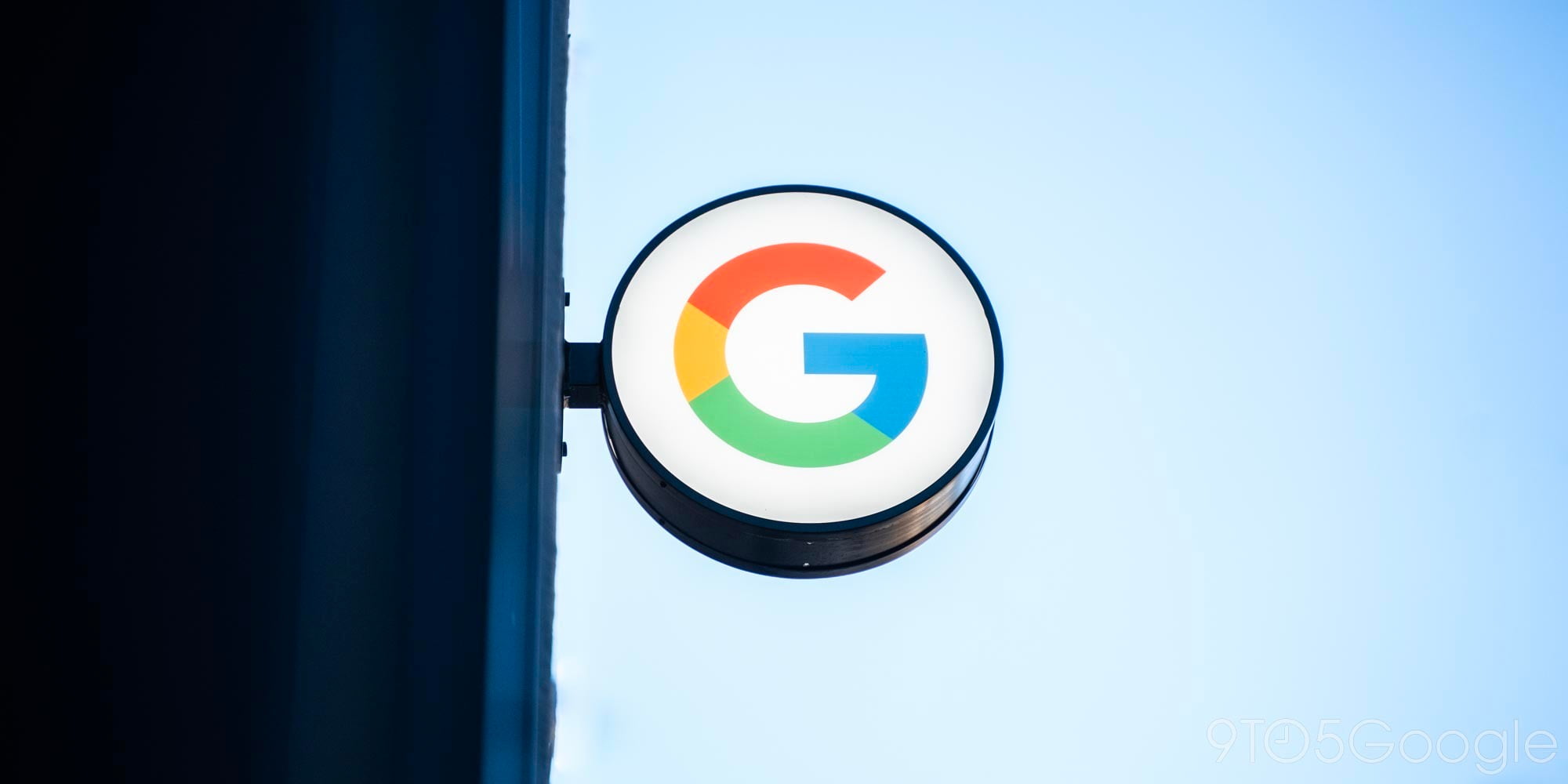
Google Goggles gets a new meaning
The New York Times today relayed an open secret among some in the Google community: the company is working on wearable technology in its secret off-campus Google X lair. However, the technology we have heard about is not the watch-type variety as described (although, we would be surprised if Google was not working on that technology, too):
Over the last year, Apple and Google have secretly begun working on projects that will become wearable computers. Their main goal: to sell more smartphones. (In Google’s case, more smartphones sold means more advertising viewed.)
In Google’s secret Google X labs, researchers are working on peripherals that — when attached to your clothing or body — would communicate information back to an Android smartphone.
People familiar with the work in the lab say Google has hired electronic engineers from Nokia Labs, Apple and engineering universities who specialize in tiny wearable computers.
While Apple may be focusing on iPod nano-like watches, Google seems to be pushing ahead in heads-up displays. We first brought news that prominent wearables PhD Richard DuVaul moved from Apple to Google in June. His research is focused on wearable heads up displays (HUDs).
His dissertation was on “The Memory Glasses“, a heads-up display focused on the problems associated with wearable memory support technology. This included hardware and software architectures, and low-attention human-computer interaction for wearable computing, including the use of subliminal visual cues for just-in-time memory support.
Our source tells us that this is what Google is building. They are in late prototype stages of wearable glasses that look similar to thick-rimmed glasses that “normal people” wear. However, these provide a display with a heads up computer interface. There are a few buttons on the arms of the glasses, but otherwise, they could be mistaken for normal glasses. Additionally, we are not sure of the technology being employed here, but it is likely a transparent LCD or AMOLED display such as the one demonstrated below:
[youtube=http://www.youtube.com/watch?v=M6YQiKmDWpI]
 In addition, we have heard that this device is not an “Android peripheral” as the NYT stated. According to our source, it communicates directly with the Cloud over IP. Although, the “Google Goggles” could use a phone’s Internet connection, through Wi-Fi or a low power Bluetooth 4.0.
In addition, we have heard that this device is not an “Android peripheral” as the NYT stated. According to our source, it communicates directly with the Cloud over IP. Although, the “Google Goggles” could use a phone’s Internet connection, through Wi-Fi or a low power Bluetooth 4.0.
The use-case is augmented reality that would tie into Google’s location services. A user can walk around with information popping up and into display -Terminator-style- based on preferences, location and Google’s information.
Therefore, these things likely connect to the Internet and have GPS. They also likely run a version of Android.
Google VP Marisa Mayer recently talked to Jason Kincaid about serendipity and location back in May:
[vodpod id=Video.9929744&w=650&h=400&fv=%26amp%3BembedCode%3DUzNDJoMjpzR4v5RcbxsAczC071d3QOq1]
This would be a great tie in to this system. Instead of actual inputs, this system could just pull information as it becomes available and shoot it to the screen when the information was desired.
We do not have a release date for this new device, but we know that Google Co-founder Sergey Brin is closely associated with the project and it will be Google-branded hardware.
Google representatives couldn’t comment on rumors and speculation.


